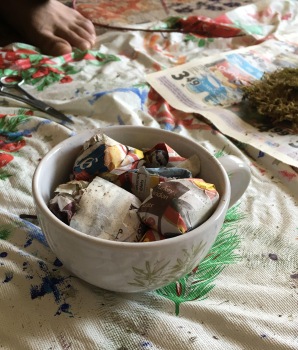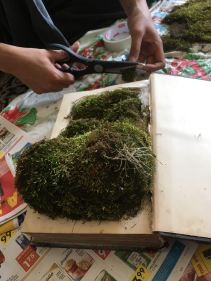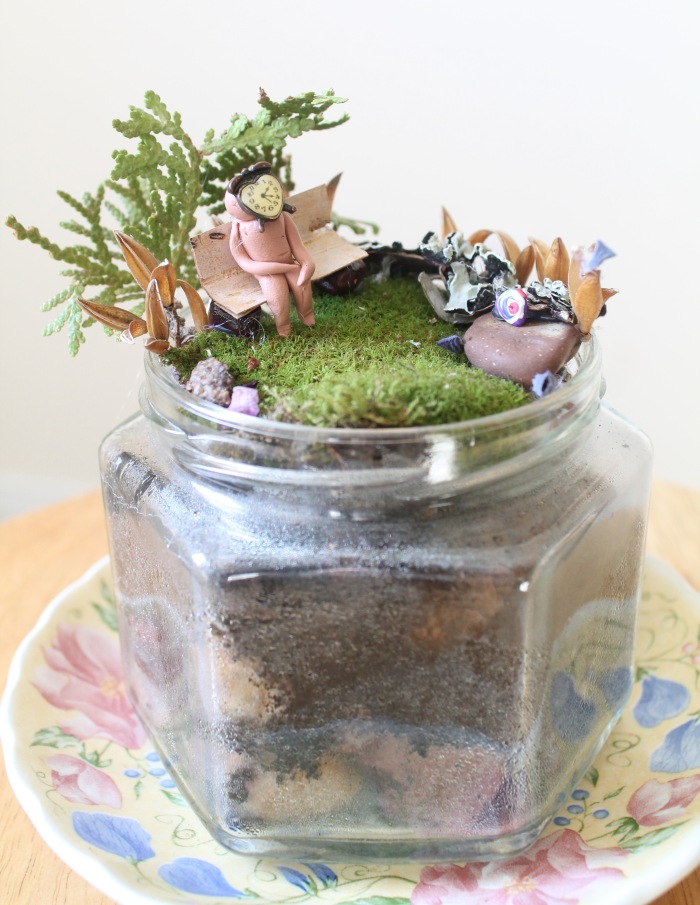
Having created sculptural worlds that interpret Western stories, we want to expand our project to the backyard that we grew up in: Karachi and other coastal cities and towns along the provinces of Sindh and Balochistan. We had been searching for folklore, stories or urban legends from this region online, however were unable to find much information. We realized that many of these stories remains in the voices of these communities, and are orally passed down from generation to generation (as are stories from our own religious community, Dawoodi Bohras). Thus was born “Reth aur Reghistan,” (Sand and Desert) a visual storytelling project by two sisters that aims to share stories from the coastal regions of Pakistan.
Our project aims to fill the knowledge gap that persists on a global scale regarding Pakistan’s rich culture, history and lore. We will focus on primarily interviewing women and minority communities, to ensure that our work represents the broad spectrum of people that have lived in that region. We will include at least one story from the following communities: Parsis, Hindus, Sikhs, Christians, Ahmaddiyas, Bohras, Ismailis, and Shias. Furthermore, our artistic process aims to promote sustainable art practices, that creates art from found objects and recycled materials.
Our project will consist of three primary phases:

Research & Fieldwork: The first phase involves travelling to Karachi and building a base of individuals, communities, and organization that we will contact to collect stories. Stories will be collected and recorded over 3-4 weeks through semi-structured interviews. While travelling, we will simultaneously be collecting objects from the region such as shells, bones, handicrafts etc. to incorporate into our sculptures.
Artistic Creation: During the second phase, we will choose 10-15 stories to interpret as miniature worlds (similar to stories interpreted in our Backyard Worlds project). The final product will be a book that features photographs of these worlds alongside stories. Additionally, we will create a website to share audio recordings, field research, and the creation process.
Publication & Dissemination: The third phase involves sending our manuscript to publishers in Pakistan (Karachi & Lahore) and Canada (Ottawa & Toronto), and creating an online resource with a collection of the stories and creative process.
Manahil’s experience with the publishing and literary world, Nimra’s experience with ethnographic research, and both sisters’ artistic background provide us with a range of skills required to successfully complete this project. We are excited to take what started as a passion project (i.e. Backyard Worlds) to a project that holds deeper meaning and value to Pakistani’s in the country and abroad. We invite you to join the journey!


 Baby baby so ja
Baby baby so ja



 The main character in this world is, of course, the baby. One part of the rhyme goes: “moomphali me dana nahi” (no peanut in the peanut shell), so naturally we had to include that in the world.
The main character in this world is, of course, the baby. One part of the rhyme goes: “moomphali me dana nahi” (no peanut in the peanut shell), so naturally we had to include that in the world.












 For a bibliophile, building the Shire in a book is almost a rite of passage in the terrarium-sculpture building world.
For a bibliophile, building the Shire in a book is almost a rite of passage in the terrarium-sculpture building world.


 Did you notice the abundant hair growth on Mr. Hobbit’s feet?
Did you notice the abundant hair growth on Mr. Hobbit’s feet? We naturally made Gandalf next. Was his beard a tad bit exaggerated..? We squabbled briefly over this important fact, but quickly decided that it lent him that quintessential Gandalf edge.
We naturally made Gandalf next. Was his beard a tad bit exaggerated..? We squabbled briefly over this important fact, but quickly decided that it lent him that quintessential Gandalf edge.






 On a wintery trip to the Georgian Bay over a long weekend, we brainstormed ideas for little worlds in a cup. Nimra likes the whimsical, Manahil likes fantasy, so the two minds combined and exploded to give birth to “Backyard Worlds.”
On a wintery trip to the Georgian Bay over a long weekend, we brainstormed ideas for little worlds in a cup. Nimra likes the whimsical, Manahil likes fantasy, so the two minds combined and exploded to give birth to “Backyard Worlds.”
